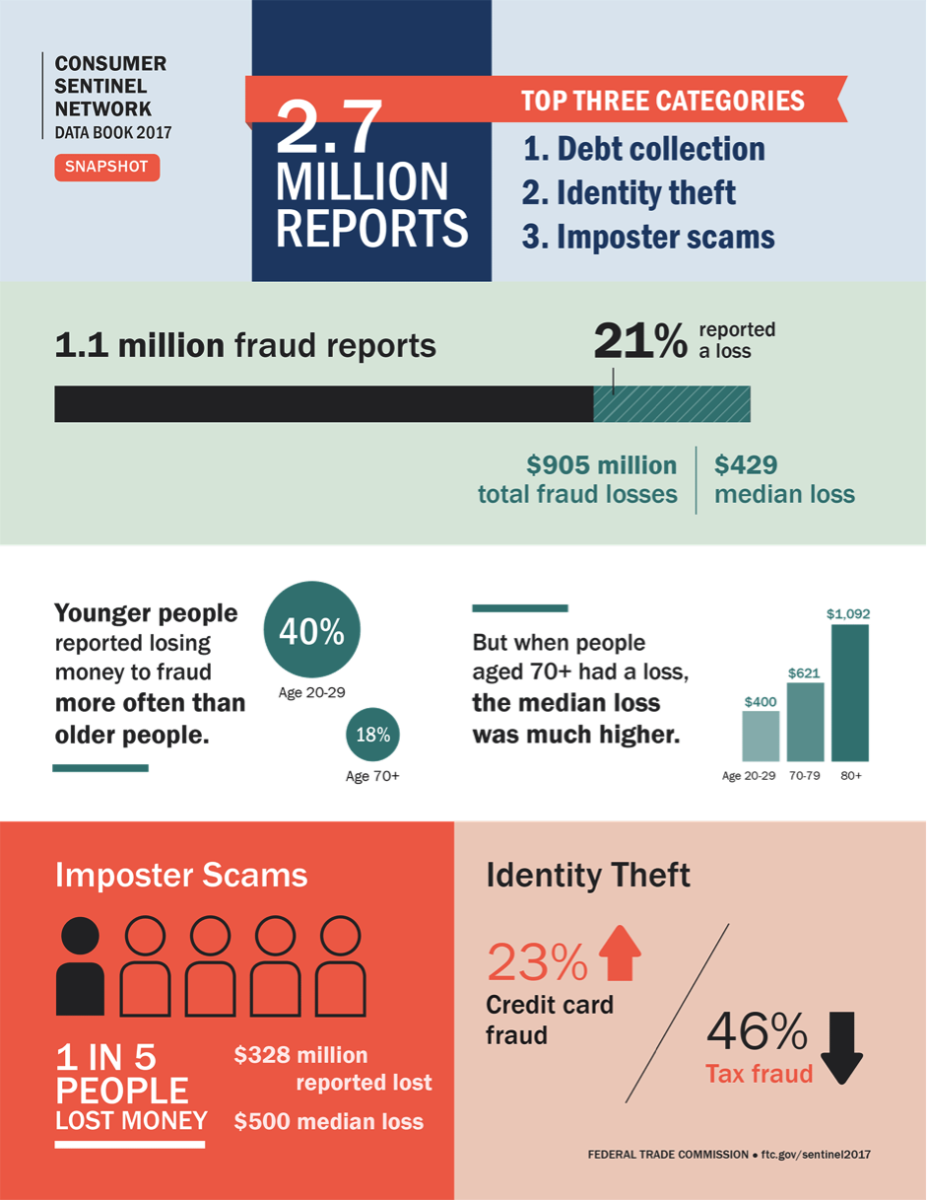
U.S. Supreme Court Argues Online Sales Tax
by Bill McClellan on Apr 25, 2018 3:00:00 AM Government Relations
Last week, I reported to ERA’s Board of Directors about a critical case the U.S. Supreme Court had decided to take up and hear arguments on. Effectively, the Supreme Court has decided to re-hear arguments on the online sales tax issue.
While the Justices were debating, the USA Today Editorial Board reached out to ERA and asked me to write an opposing view opinion editorial on the Online Sales Tax argument. They published the piece titled, “Leave online sales tax to Congress.”
Here is the competing USA Today Editorial Board position titled, “Tax online shopping like all others.”
I thought you might enjoy reading both points of view about this debate. It is a good assessment of two competing viewpoints on what the Supreme Court should do.
The Supreme Court ruling is expected in late June. I was actually encouraged by some of the questions posed to the petitioners, so it really is up in the air about what direction they will take. However, regardless of how the Court decides this issue, the very real problems of compliance and liability will not be solved with a court case. The venue for those discussions continues to be the U.S. Congress. We will report back as conditions merit. The bottom line is that this issue will not be ultimately resolved without all interested parties looking for common-ground solution and compromise.
About the Author
Bill McClellan serves as ERA's Vice President of Government Affairs. Prior to joining the association, Bill worked as a lobbyist at the Georgia Automobile Dealers Association, covering the state legislature and Georgia's congressional delegation. Before working for the GADA, Bill managed political campaigns at ...more
7 Epic Product Fails and the Valuable Lessons They Can Teach Your Business
Launching a new product is always risky. No matter how diligently you prepare, you can never guarantee success.
And, as you’ll see below, even the most successful businesses suffer the occasional flop. But how do you know when a product is a flop?
Joan Schneider and Julie Hall of Harvard Business Review share that:
…about 75% of consumer packaged goods and retail products fail to earn even $7.5 million during their first year.
This is well below the $50 million benchmark of a “highly successful” product launch.
But many small businesses would be thrilled to earn even $1 million in the first year of a product launch.
If that $50 million goal feels right for your business, then go with that.
But, for smaller start-ups, here’s another perspective…
Tim Berry founder and chairman of Bplans offer this definition of product failure:
A product is a failure when its presence in the market leads to:
- The withdrawal of the product from the market for any reason;
- The inability of a product to realize the required market share to sustain its presence in the market;
- The inability of a product to achieve the anticipated life cycle as defined by the organization due to any reason; or,
- The ultimate failure of a product to achieve profitability.
So how can you make sure that this doesn’t happen to your product? After all, while powerful psychology principles guide product design, there are still plenty of great failures in product design.
Mitigate some risk by learning from product failures.
By learning from the mistakes made by others, you can stand on the shoulders of giants and avoid their pitfalls.
Want to guide your product design to a successful launch and profitable life? Th...more
Have You Seen the FTC’s 2017 Consumer Sentinel Network Report?
The Federal Trade Commission (FTC) has released its 2017 Consumer Sentinel Network Data Book. Have you had a chance to check it out yet?
During 2017, the system had 2.7 million reports, a slight decrease from 2016. Fraud accounted for 1.1 million reports (42.54% of all reports). The identity theft category had 371,000 complaints (13.87%), with the “other” category rounding the majority of the remaining complaints with a 1.2 million (43.59%) total.
Of the fraud cases reported, 21% indicated a loss of money, with respondents reporting the loss of nearly $905 million to fraud. The median loss for all fraud was $419. Travel, timeshare plans, mortgage foreclosure relief, debt management and business opportunities were the fraud categories with the highest median losses.
Nearly 70% of all fraud reports indicated that the telephone was the method of contact. Further, wire transfers continue to be the most frequently reported payment method for fraud, with a reported loss of $333 million.
If you are active in a consumer-facing marketing capacity, this is a great report to spend a little time with. While the data is from 2017, these issues often remain similar year over year. So it’s another good guide to keep an eye on to understand why the FTC focuses its limited resources in one direction or the other.
About the Author
Bill McClellan serves as ERA's Vice President of Government Affairs. Prior to joining the association, Bill worked as a lobbyist at the Georgia Automobile Dealers Association, covering the state legislature and Georgia's congressional delegation. Before working for the GADA, Bill managed political campaigns at both the congressional and state constitutional levels.
...more- 1

 Electronic Retailing Association (Example Listing)
Electronic Retailing Association (Example Listing)



